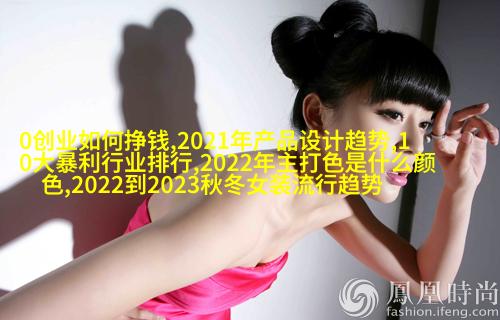The Birth of a Movement

In the early 20th century, fashion was all about glamour and sophistication. Women dressed up for every occasion, donning intricate gowns and elegant suits that exuded refinement and poise. But as the decades passed, this style began to fade away, replaced by more casual attire that prioritized comfort over elegance. Yet, there were those who refused to let go of the past – designers like Christian Dior and Coco Chanel who sought to revive the lost art of haute couture.
The Rise of Pop Culture Influence

Fast forward to today, when pop culture has become an integral part of our daily lives. Social media platforms like Instagram and TikTok have given rise to a new generation of influencers who are obsessed with all things vintage. They scour thrift stores for unique finds and share their discoveries with millions of followers around the world.
The Impact on Modern Fashion

As a result, vintage-inspired clothing is now more popular than ever before – from flapper dresses to bell-bottom jeans, everything old is new again! Designers are incorporating elements from past eras into their collections without sacrificing modernity or practicality.
Sustainability & Ethical Considerations

One major advantage of embracing retro styles is sustainability – many vintage pieces can be found second-hand or repurposed from existing materials rather than being produced anew using resources that contribute to climate change.
Cultural Significance & Timeless Appeal

Fashion trends come and go but certain styles endure because they tap into something deeper within us – nostalgia for simpler times or a desire for uniqueness in an increasingly homogenized world.
6 Conclusion
With its timeless appeal combined with modern sensibilities, it's no wonder why vintage fashion continues to captivate audiences worldwide – offering both cultural significance while also providing sustainable alternatives for consumers seeking something different in their wardrobes today



